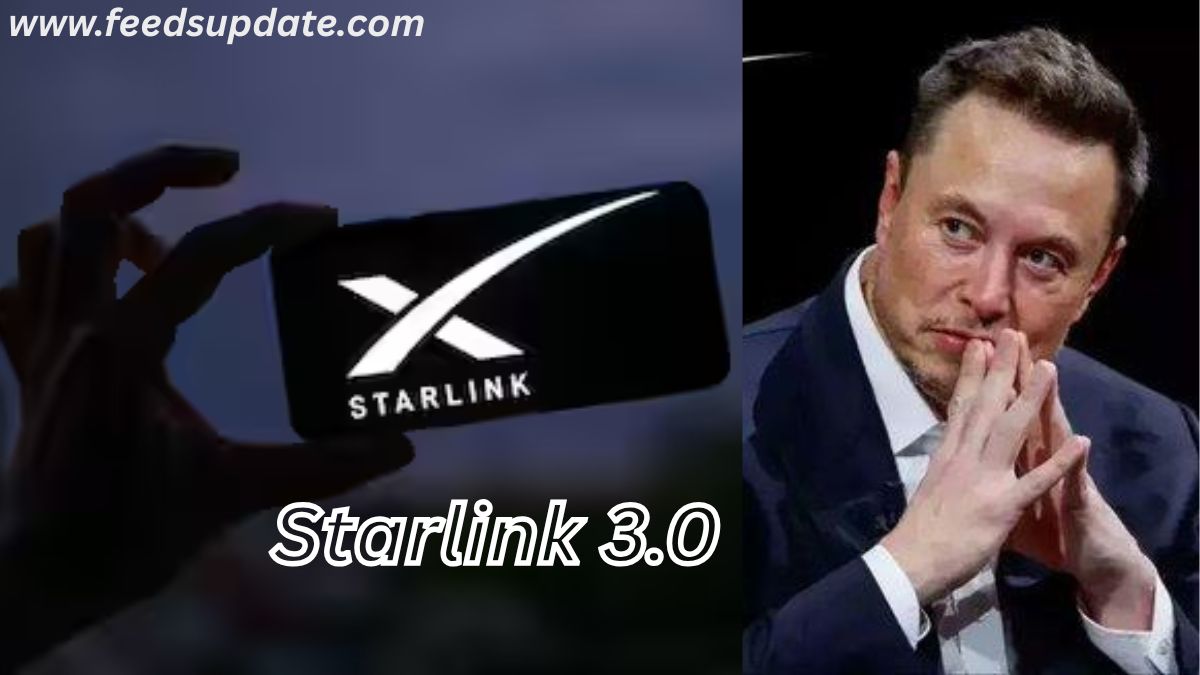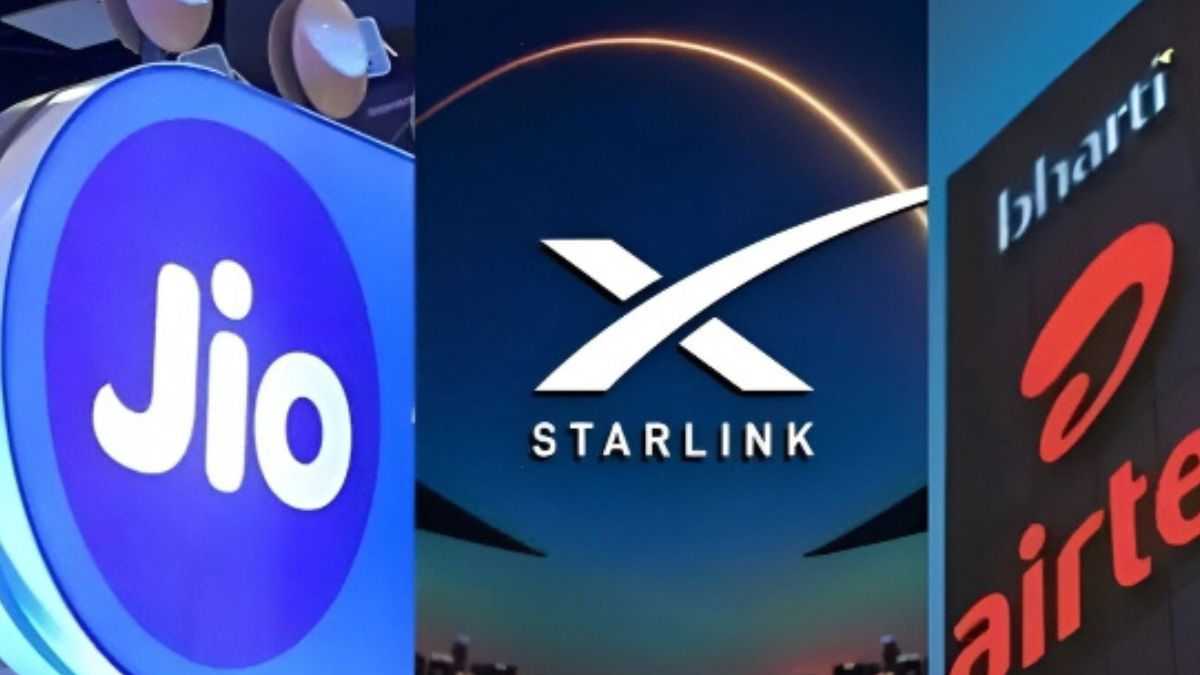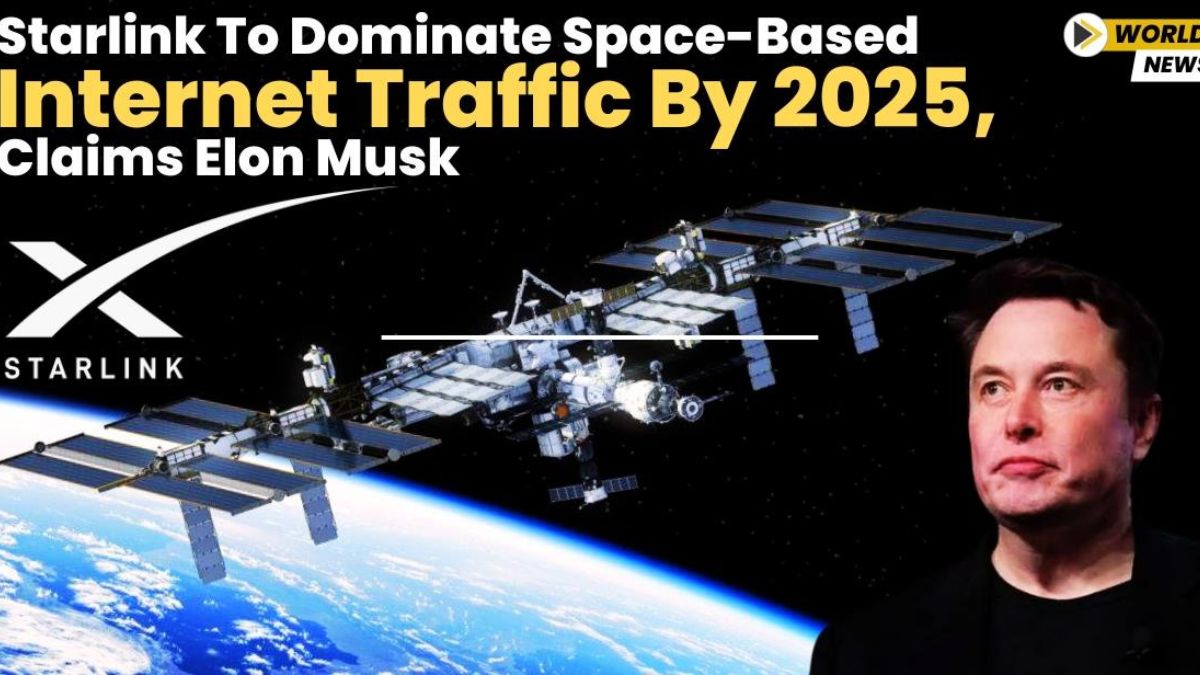Starlink 3.0 Set to Revolutionize India’s Internet with 10x Faster Speeds, Starlink 3.0 is gearing up for a game-changing debut in India — and it’s not coming quietly. Promising internet speeds up to 10 times faster than its predecessors, this upgraded satellite network by SpaceX could be the biggest shake-up the Indian broadband market has seen in years. With its launch perfectly timed, Starlink 3.0 poses a serious challenge to homegrown giants Airtel and Jio, potentially disrupting their stronghold on urban and rural connectivity. As India races toward digital inclusivity, the arrival of Starlink 3.0 could redraw the competitive map of internet service in the country.

Starlink 3.0 Nears India Launch: A Broadband Shakeup in the Making
Starlink 3.0 is finally inching closer to its highly anticipated launch in India — and it’s arriving with a massive upgrade. Backed by Elon Musk’s SpaceX, the satellite internet provider has already connected over 6 million users across 100+ countries, and now it’s setting its sights on the Indian market. With plans to deploy 700–750 satellites and invest ₹8,000 crore, Starlink is positioning itself as a serious challenger to local giants Jio and Airtel. The upcoming Starlink 3.0 version not only promises lightning-fast speeds but could also slash customer equipment costs thanks to local manufacturing initiatives. As India prepares for a digital leap, Starlink’s entry may force existing telecom players to rethink their broadband strategies — fast.

Starlink 3.0 Poised to Disrupt Jio & Airtel’s Broadband Gameplan
The arrival of Starlink 3.0 could be a turning point for India’s broadband landscape — and a potential disruptor for telecom giants Reliance Jio and Bharti Airtel. Backed by Elon Musk’s SpaceX, the satellite internet venture is entering the Indian market with a staggering ₹8,000 crore investment, aimed at deploying 700–750 Low Earth Orbit (LEO) satellites across the country. Industry analysts are closely watching how Starlink 3.0, with its high-speed, low-latency internet capabilities, might challenge the very foundation of traditional broadband business models. With Starlink offering an alternative to fiber in hard-to-reach areas, Jio and Airtel may soon find themselves racing to adapt in a rapidly shifting digital battleground.
Also Read: Tesla India Job Openings After Model Y Launch In Mumbai At ₹58 Lakh
Starlink 3.0 to Launch with ₹8,000 Cr Investment and Long-Term Satellite Fleet
The deployment of Starlink 3.0 in India comes with a bold financial commitment, as SpaceX gears up to invest nearly ₹8,000 crore in capital expenditure for rolling out its satellite internet infrastructure. This includes launching 700–750 next-gen LEO satellites, each expected to have a lifespan of 7–8 years, ensuring sustained service across the country. Alongside this, the project will require an estimated ₹350 crore in annual operational expenditure, highlighting the scale and ambition of Starlink’s India entry. With such high-stakes investment, Starlink 3.0 aims to deliver reliable, high-speed internet — potentially transforming India’s digital connectivity, especially in underserved regions.

Pricing Strategy: High-Tech Internet, Falling Costs, and Wider Reach
Starlink 3.0 is entering India with a carefully calculated pricing strategy aimed at long-term market penetration. Initially, users may face high costs — with Customer Premise Equipment (CPE) priced at around $400 (₹35,000) and monthly charges estimated at ₹11,250, making it viable mainly for niche users or enterprise clients. However, there’s a clear roadmap for affordability.
-
Local Manufacturing: By shifting equipment production to India, Starlink could slash CPE costs by up to 50%, making the service far more accessible.
-
Scaling the User Base: With a projected subscriber base of 2.5 million, the average cost per user could drop sharply to around ₹450/month, transforming it into a competitive broadband option.
-
Mass Adoption Potential: This strategic drop in pricing paves the way for Starlink 3.0 to penetrate rural and underserved markets, where traditional ISPs lag behind.
As Starlink fine-tunes its cost structure and leverages local manufacturing, Starlink 3.0 may go from premium tech to mainstream disruptor — redefining how India connects to the internet.
After approval, #Starlink to offer fastest internet speed ranging from…, know what more it offers in Indiahttps://t.co/uncq3rrcjc
— DNA (@dna) July 16, 2025
Also Read: UAE Golden Visa 2025: How Indians Can Get Permanent Residency For Just 23 Lakhs?
Market Strategy: Disruptive Pricing, Bold Goals, and Tech Hurdles
Starlink 3.0 is rolling out with a multi-tiered market strategy aimed at rapid market penetration while navigating India’s unique technical landscape. The initial push targets early adopters in the B2C segment, with introductory plans priced between $20–$25/month (₹1,700–₹2,100). Once a broader base is established, Starlink 3.0 plans to roll out a mass-market pricing model of just $10/month (₹850) — a game-changing move that could undercut traditional players like Jio and Airtel.
-
Diverse Market Segments: Beyond individual consumers, Starlink is also eyeing the B2B and B2G sectors, offering scalable connectivity solutions for enterprises and government agencies.
-
Direct-to-Cell (D2C) Ambitions: With D2C technology in the pipeline, Starlink 3.0 may soon bypass traditional towers entirely, delivering satellite internet straight to smartphones.
-
Challenges Ahead: Despite its bold pricing, technical challenges like spectrum allocation, regulatory approvals, and latency in remote areas remain key hurdles Starlink must overcome.
By balancing aggressive pricing with technological innovation, Starlink 3.0 aims to not just enter — but redefine — India’s internet ecosystem.
Bridging India’s Digital Divide, One Village at a Time
Starlink 3.0 isn’t just about faster internet — it’s about transforming connectivity across India, from urban hubs to the most remote villages. With a track record of launching in neighboring countries like Bangladesh, Bhutan, and Sri Lanka, Starlink is now set to offer more stable, high-speed internet across India, possibly using a one-time payment CPE setup model. The broader impact? Major telecom players may need to rethink their home broadband strategies, as Starlink 3.0 pushes the boundaries of what’s possible in rural and underserved regions.
Starlink 3.0 is coming with 10 times faster Internet, just in time for its India launchhttps://t.co/Xu0PokmZWG
— IndiaTodayTech (@IndiaTodayTech) July 16, 2025
Starlink 3.0: Is India Ready for a Satellite Internet Revolution?
As Starlink 3.0 readies for launch in India, it’s not just bringing faster internet — it’s bringing a seismic shift in the connectivity game. Backed by Elon Musk’s SpaceX, this satellite-powered service could force telecom giants like Jio and Airtel to rethink their strategies or risk being left behind. With the skies turning into the next battleground, the question is no longer if Starlink has a future in India — it’s how soon it will redefine it.
